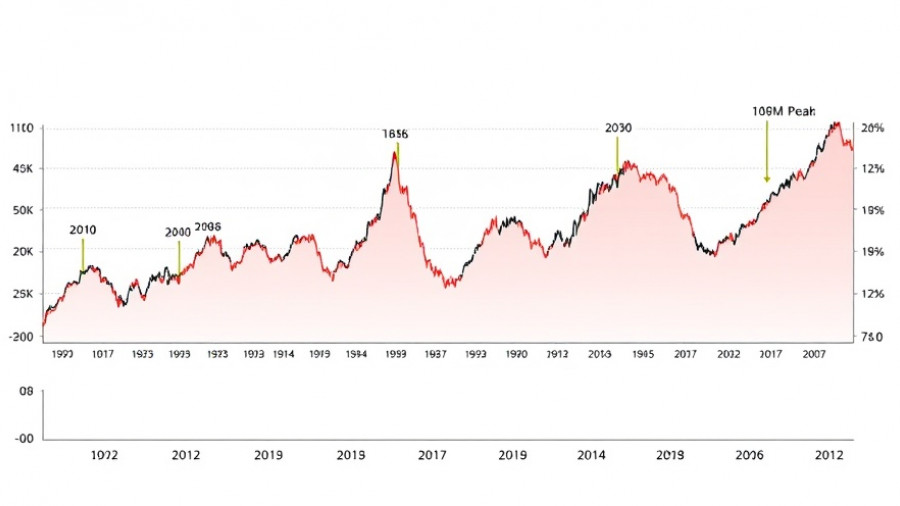
Understanding the Shift: Tokenized Money Market Funds
Tokenized money market funds (MMFs) are spearheading a revolution in institutional liquidity by introducing blockchain technology to traditional finance. Unlike traditional MMFs that rely on static asset pools, these innovative funds offer significant advantages such as programmable collateral, rapid settlement times, and composable yield. Major financial institutions such as Franklin Templeton, Goldman Sachs, and BNY Mellon are already conducting pilot programs to explore the viability of this digital frontier. However, this technological advancement comes with its own set of cybersecurity challenges that institutions must navigate.
Adapting to Cybersecurity Challenges
As MMFs evolve into tokenized assets, the cybersecurity landscape has shifted significantly from back-office fraud risks to a more complex array of threats including technical exploits and key theft. Stakeholders in traditional finance often lack familiarity with the operational nuances of blockchain technology, making them more vulnerable to modern cyber threats such as phishing and hacking. It's crucial that financial institutions educate their employees on the fundamentals of cycle management in blockchain finance, focusing on wallet management and phishing prevention.
Six Essential Safeguards for Tokenized MMFs
To counter these emerging threats, institutions exploring tokenized MMFs should implement a structured approach to cybersecurity:
- Audited Smart Contracts: Ensure that all smart contracts undergo rigorous security audits before deployment to mitigate vulnerabilities.
- Key Management Best Practices: Use multi-signature wallets and hardware security modules to protect private keys from unauthorized access.
- Certified Custodians: Collaborate with recognized custodians that maintain transparency in incident disclosures and recovery protocols.
- Dual-Sourced Oracle Infrastructure: Employ multiple independent oracle providers to prevent reliance on a single point of failure.
- Redemption Circuit Breakers: Implement automated breakers that temporarily halt redemptions or transfers during unusual activity to protect liquidity.
- Continuous Employee Training: Train employees continuously to minimize insider threats and human error in digital asset handling.
Proactive Cyber Risk Management
With global regulators tightening oversight on digital assets, waiting until mandates are established could leave institutions playing catch-up. It is essential for firms to embrace a proactive stance on cybersecurity, viewing it not just as a formality but as a cornerstone of their operational integrity. Organizations that prioritize staff training and risk management will build both resilience against cyber threats and trust within the market.
As institutions engage with tokenized MMFs, an informed workforce equipped with the right knowledge on security practices will be integral to securing their assets and minimizing risks. Just as traditional finance has evolved, staying ahead of the curve in cybersecurity will be vital in the emerging digital landscape.
 Add Row
Add Row  Add
Add 




Write A Comment